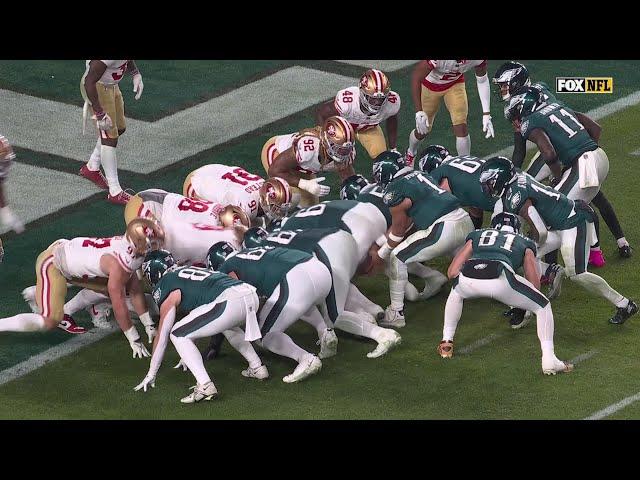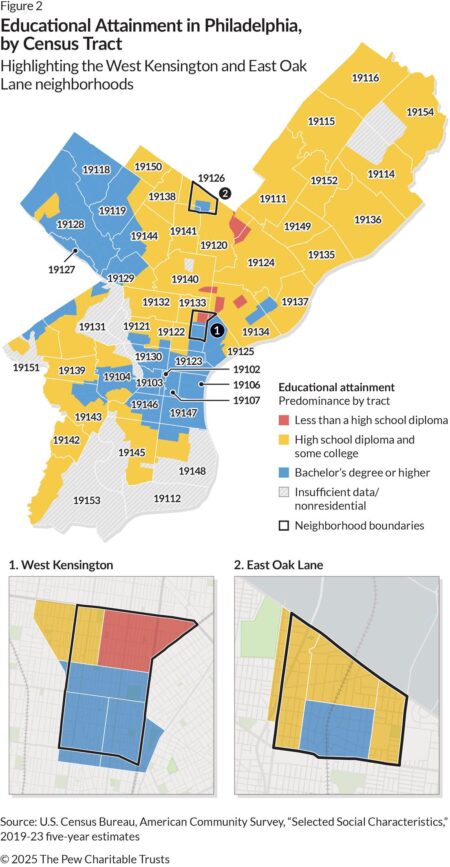Philadelphia Eagles’ “Tush Push”: Revolutionizing Goal-Line Strategy and Officiating Challenges in the NFL
How the Eagles’ “Tush Push” Is Disrupting Defensive Tactics Across the NFL
The Philadelphia Eagles have popularized a distinctive goal-line tactic known as the “Tush Push,” which has swiftly become a dominant and debated maneuver in the NFL. This play hinges on a coordinated surge where the quarterback is propelled forward by teammates pushing from behind, creating a powerful collective momentum that defenses find extremely difficult to counter. The simplicity of the concept belies its effectiveness: a synchronized shove from the offensive line combined with the quarterback’s low center of gravity turns short-yardage situations into near-certainties for scoring.
Across the league, defensive coaches are scrambling to adjust their red-zone strategies, dedicating significant practice time to developing responses to this overpowering tactic. However, the physicality and speed of the “Tush Push” complicate defensive resistance and simultaneously raise questions about the boundaries of legal play. This has led to increased scrutiny from officials and ongoing debates about the play’s legitimacy within the current rule framework.
Officials are caught in a challenging position, tasked with balancing the allowance of aggressive, physical football against the need to prevent unfair advantages. The ambiguity surrounding the legality of the push has prompted calls for clearer guidelines, as the play’s growing prevalence forces a reevaluation of existing rules.
- Defensive strategists are experimenting with tighter gap control and personnel shifts to blunt the forward surge.
- Referees are under pressure to deliver consistent rulings amid the play’s rapid execution.
- Football analysts view the “Tush Push” as a symbol of evolving offensive ingenuity, blending brute strength with precise teamwork.
| Category | Current Impact | Projected Developments |
|---|---|---|
| Defensive Response | Struggles to prevent short-yardage conversions | Innovative gap discipline and force alignment tactics |
| Rule Enforcement | Inconsistent officiating interpretations | Potential introduction of specific shove-related regulations |
| Offensive Playbooks | Highly effective near the goal line | Likely adoption by additional teams |
Officiating Challenges: Navigating the Fine Line Between Legal and Illegal Assistance
The rapid execution and physical intensity of the “Tush Push” have created a significant dilemma for NFL officials. The play involves teammates pushing the quarterback forward to gain critical yards, but distinguishing between legal assistance and illegal aid is often a split-second judgment call. This gray area complicates real-time officiating, as referees must interpret subtle differences in positioning and force application under immense pressure.
Officials face several key challenges, including:
- Determining if the push remains within the legal scope or crosses into prohibited assistance.
- Evaluating the degree of force and intent behind the push during fast-paced plays.
- Ensuring consistent communication and rulings despite vague or outdated rulebook language.
| Criteria | Legal Execution | Illegal Execution |
|---|---|---|
| Player Interaction | Push from behind without grabbing or lifting | Pulling or lifting the quarterback forward |
| Force Application | Moderate forward momentum aiding progress | Excessive force accelerating the quarterback |
| Result | Legitimate yardage gain | Penalty for illegal assistance |
Understanding the Mechanics: Why the “Tush Push” Is So Difficult to Defend Against
The effectiveness of the “Tush Push” stems from its exploitation of both physical dynamics and the nuances of NFL rules. By allowing teammates to propel the quarterback forward from behind, the offense generates a surge of momentum that is difficult for defenders to halt, especially in tight, short-yardage scenarios. The play’s success relies heavily on precise timing and coordination among the offensive line and skill players, creating a compact, forceful drive that overwhelms individual defenders.
From an officiating perspective, the play skirts the boundaries of legal blocking and assistance, making it challenging to consistently enforce rules. Officials must carefully differentiate between acceptable forward pushes and illegal aids, a task complicated by the speed and intensity of the maneuver. This often results in inconsistent calls, as referees struggle to apply existing rules to a rapidly evolving tactic.
| Factor | Offensive Benefit | Defensive Difficulty | Officiating Challenge |
|---|---|---|---|
| Team Synchronization | High—Requires exact timing | Hard to anticipate and disrupt | Subtle pushes are difficult to detect |
| Physical Momentum | Amplified by multiple players pushing | Demanding for defenders to resist collectively | Blurred line between legal and illegal contact |
| Game Context | Primarily used in critical short-yardage situations | Limited defensive options and timeouts | High-pressure calls increase scrutiny |
Proposed Rule Revisions to Clarify “Tush Push” Legality and Enhance Officiating Consistency
The ambiguity surrounding the “Tush Push” has exposed gaps in the NFL’s current rulebook, underscoring the need for more explicit regulations. To reduce confusion and ensure fair play, the league should consider implementing detailed guidelines that clearly define what constitutes legal pushing assistance in short-yardage plays. Such clarity would empower officials to make consistent decisions and minimize game disruptions caused by controversial calls.
Recommended rule modifications include:
- Limiting the number of players permitted to push the ball carrier simultaneously.
- Specifying acceptable body contact zones, such as restricting pushes to the shoulder and upper back areas.
- Setting a maximum allowable distance over which a push can be applied to prevent extended propulsion.
- Introducing a distinct penalty for illegal pushing to deter misuse and maintain competitive balance.
| Rule Component | Current Status | Suggested Update |
|---|---|---|
| Number of Pushers | Not defined | Maximum of 2 players allowed |
| Contact Zones | Unspecified | Only shoulder and upper back contact permitted |
| Push Distance | No limit | Push restricted to a maximum of 3 feet forward |
| Penalty for Violation | Offensive holding or general foul | Dedicated 5-yard penalty for illegal pushing |
Final Thoughts: The Lasting Influence of the “Tush Push” on NFL Strategy and Officiating
The Philadelphia Eagles’ innovative use of the “Tush Push” has undeniably reshaped the landscape of short-yardage football. Its success not only challenges defensive units to rethink their approaches but also compels officials to refine their interpretations of the rules. As teams across the NFL study and potentially adopt this tactic, and as referees seek clearer guidelines, the “Tush Push” will remain a focal point of strategic evolution and regulatory debate. How the league adapts to this powerful play will significantly influence the competitive balance and integrity of the game in the seasons ahead.








